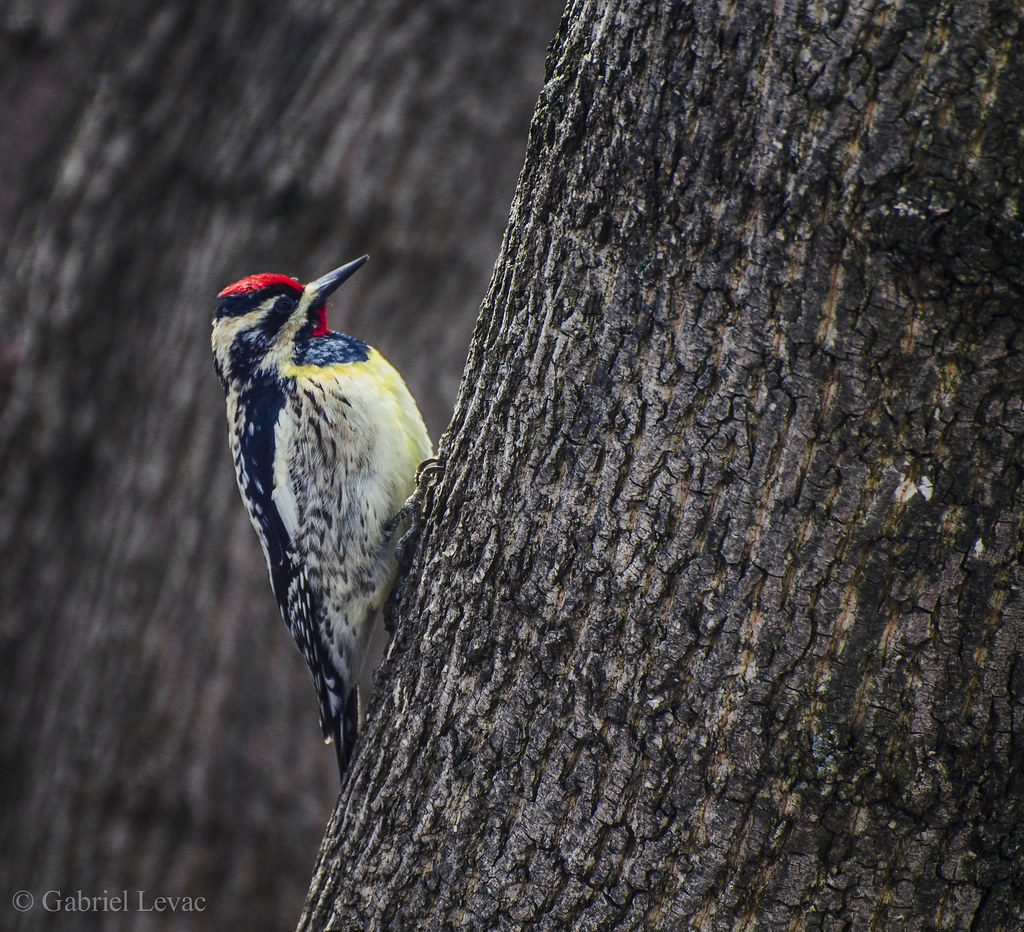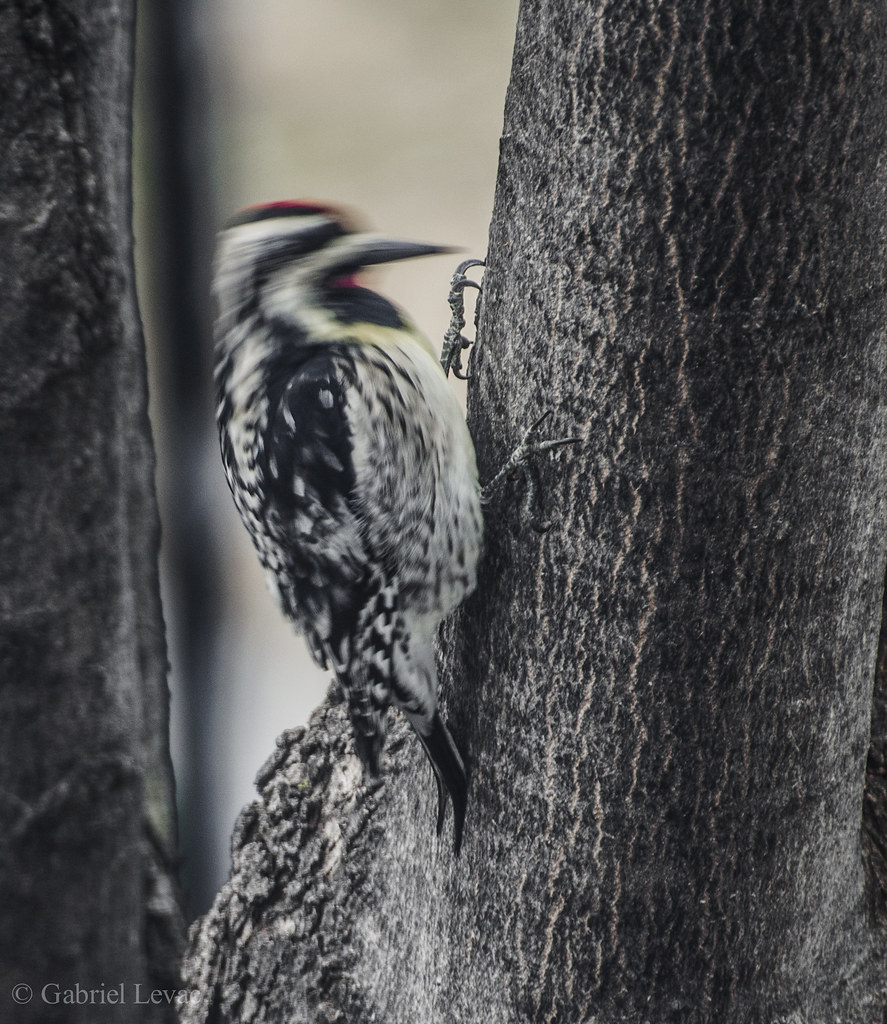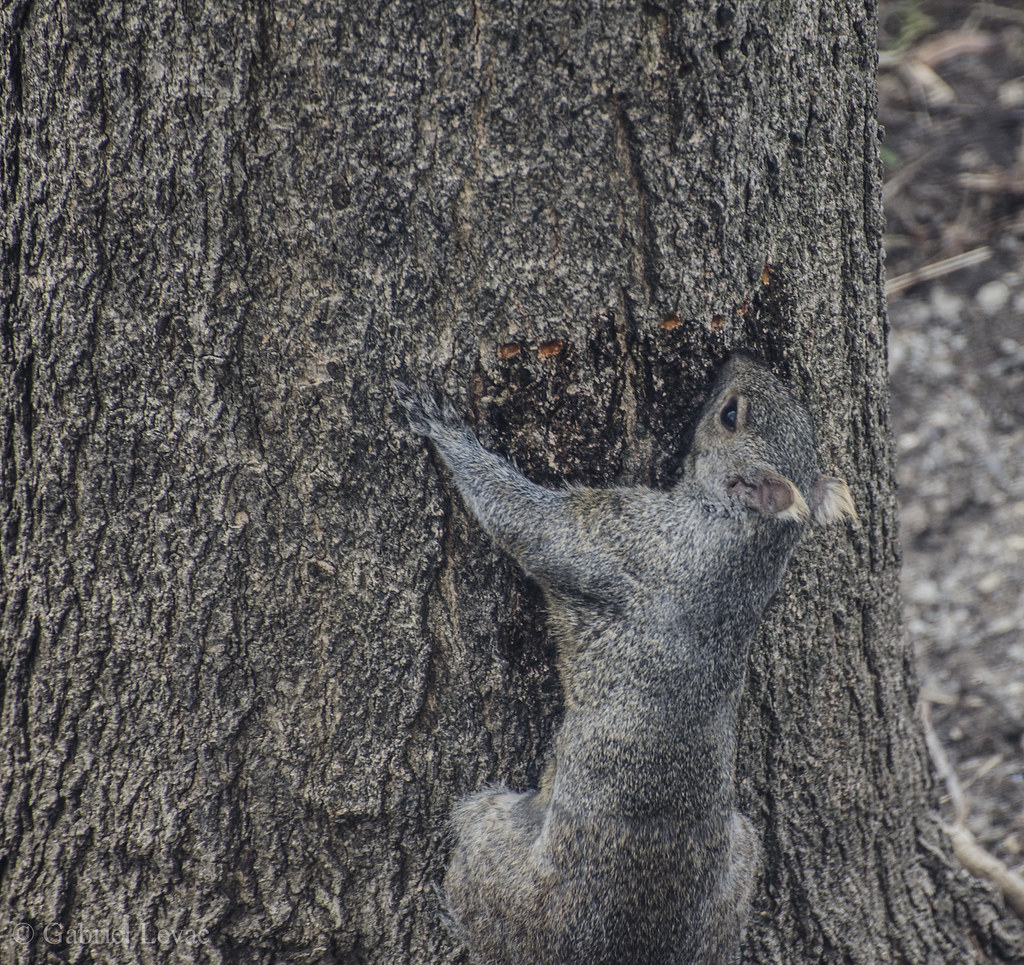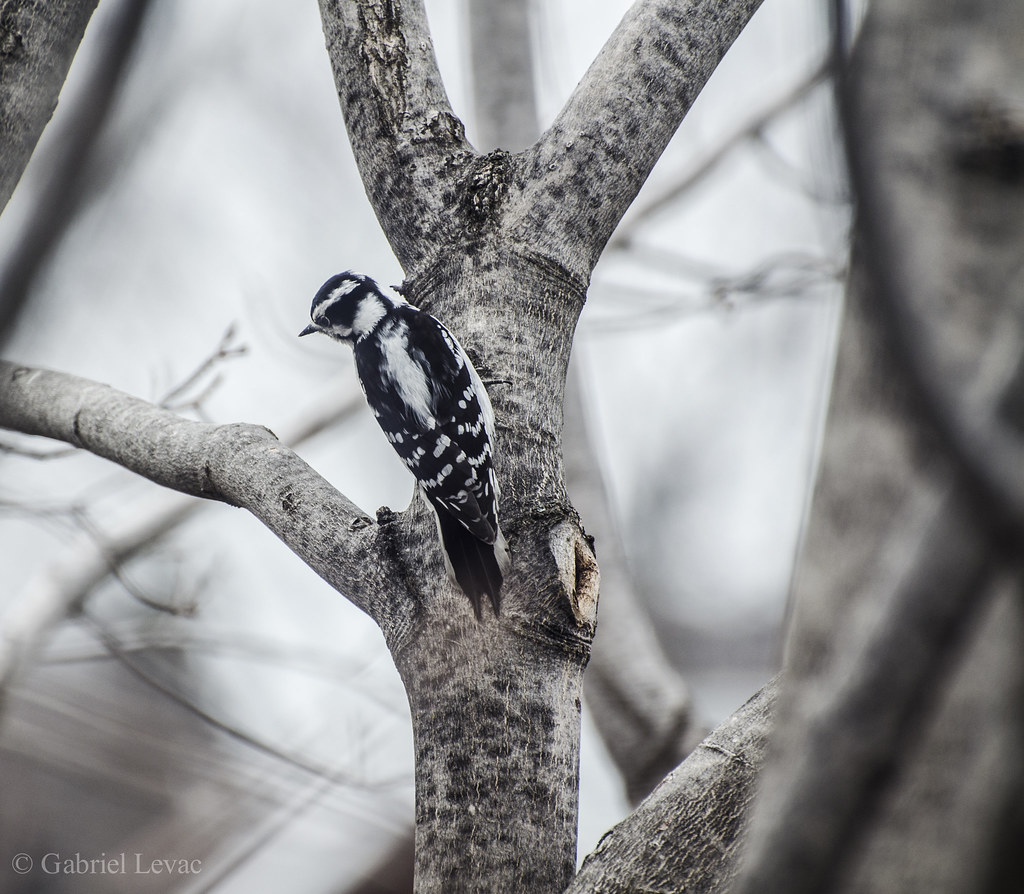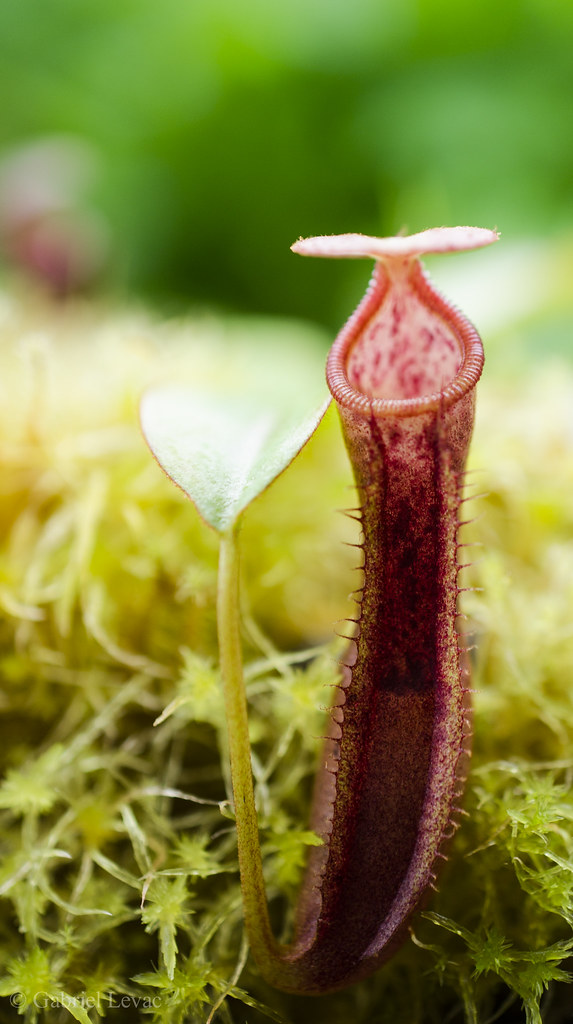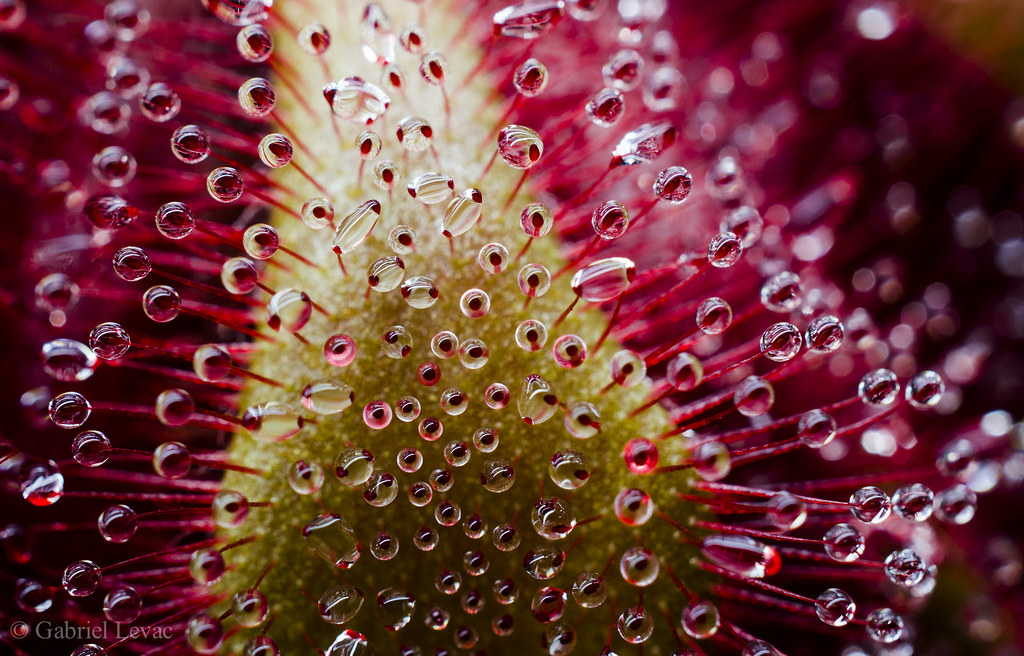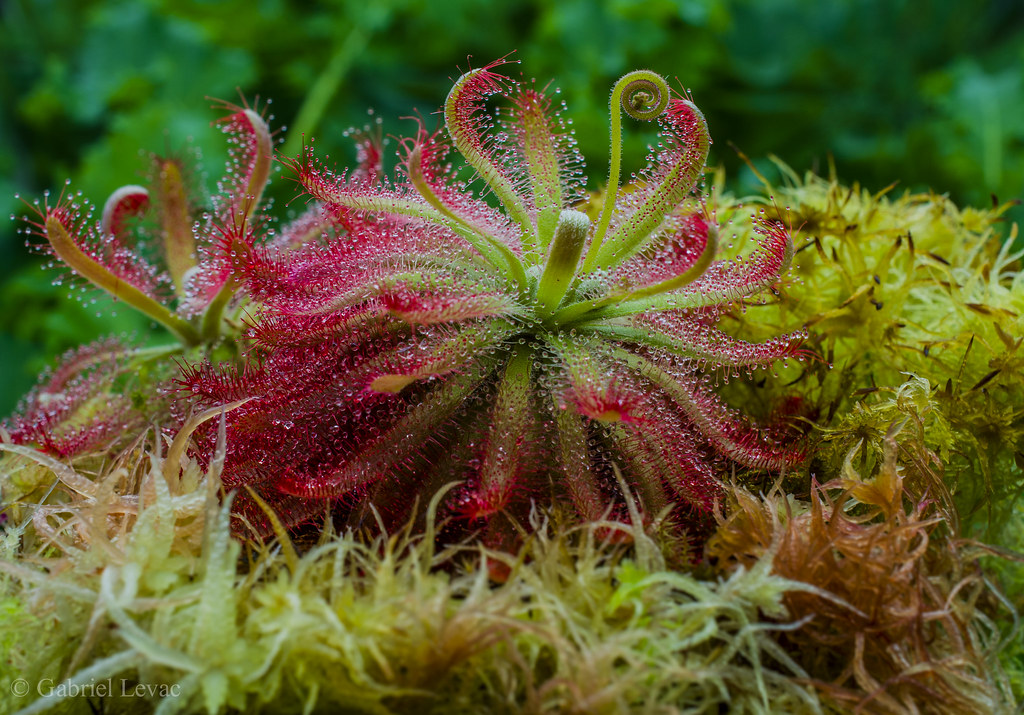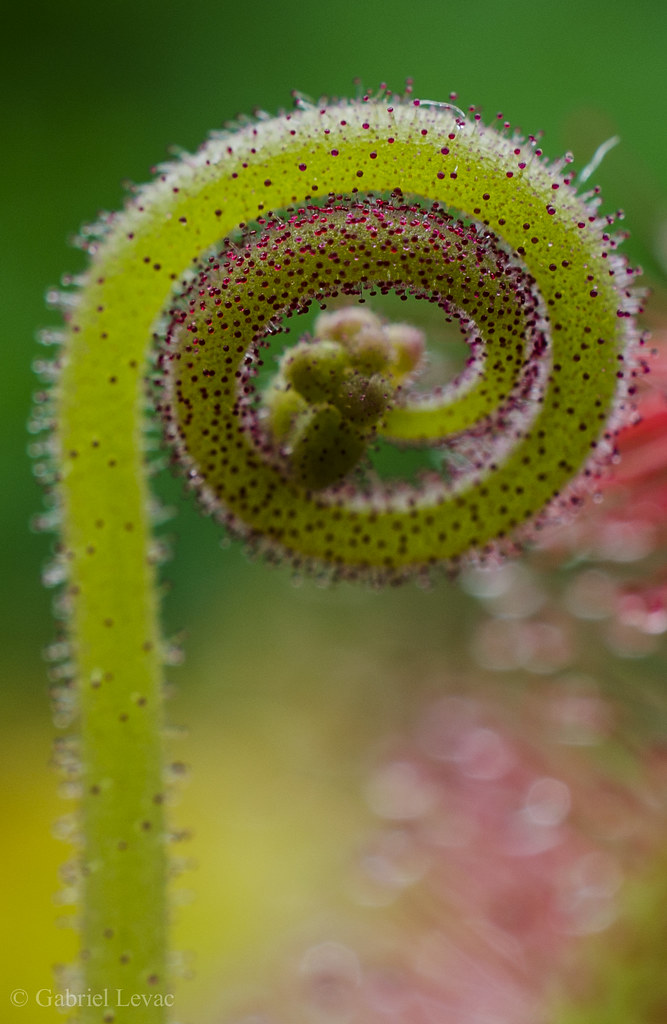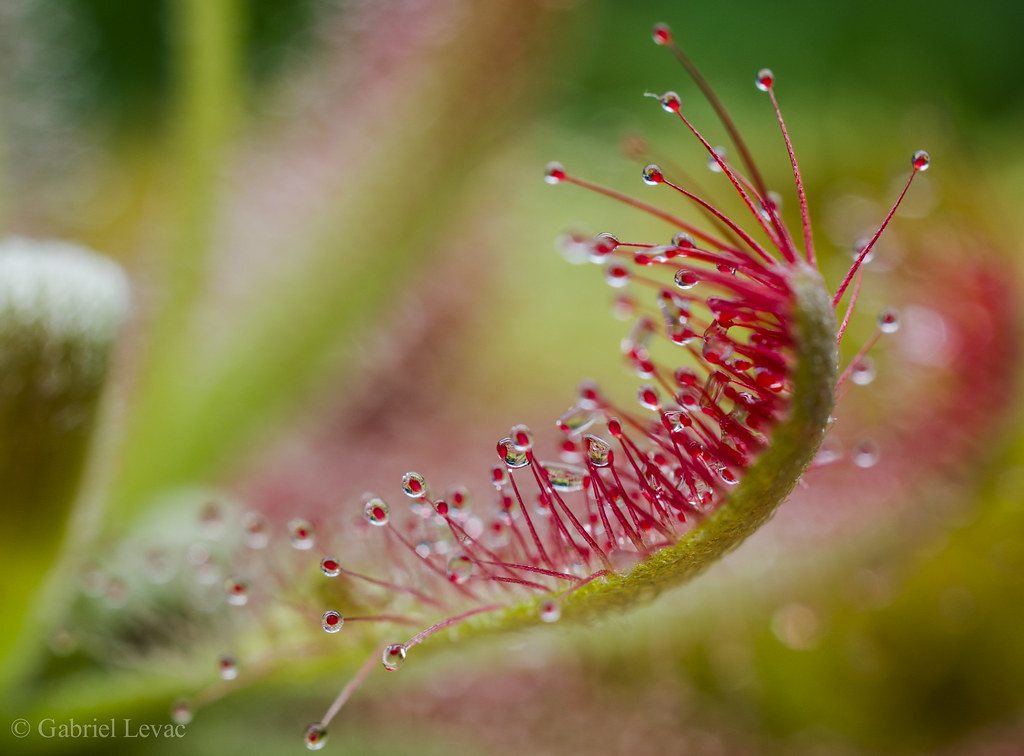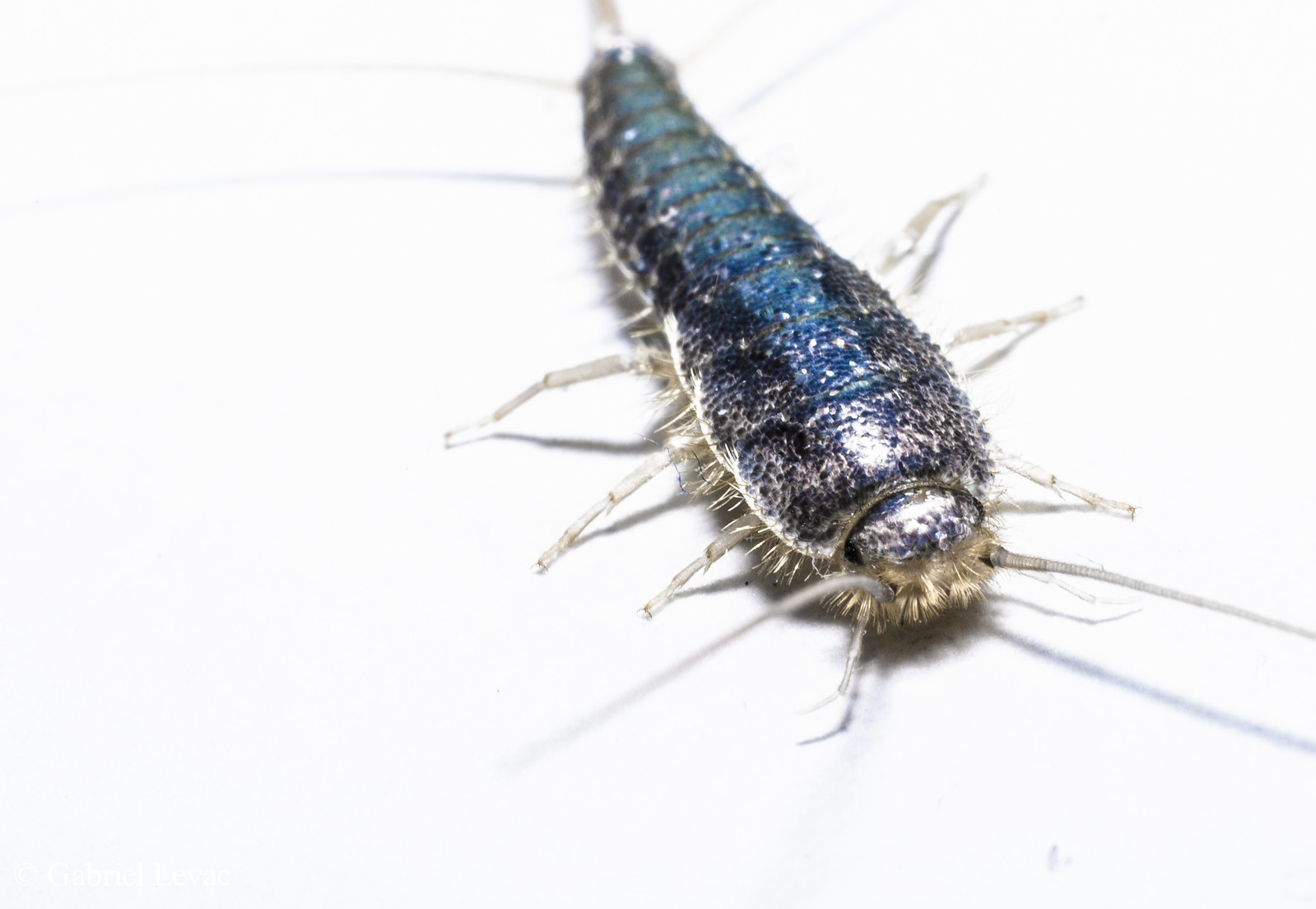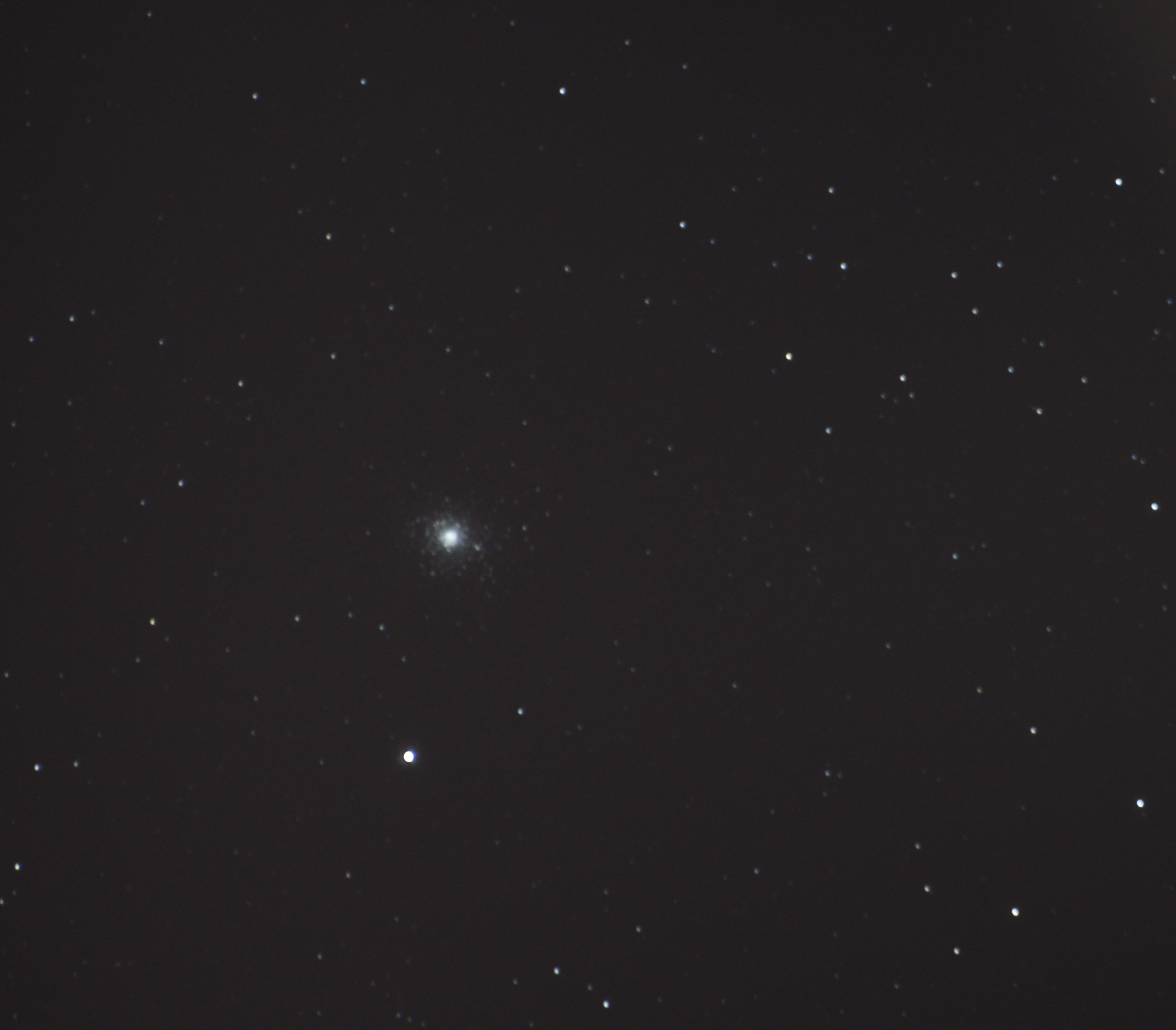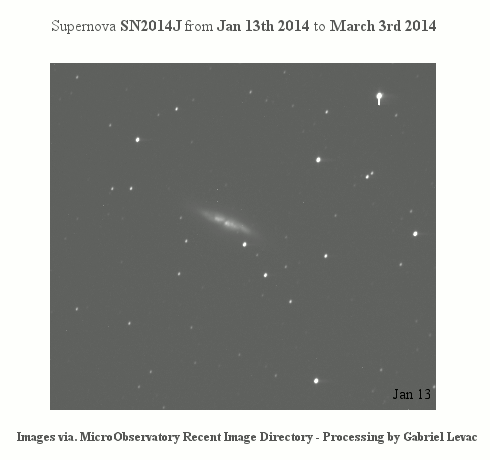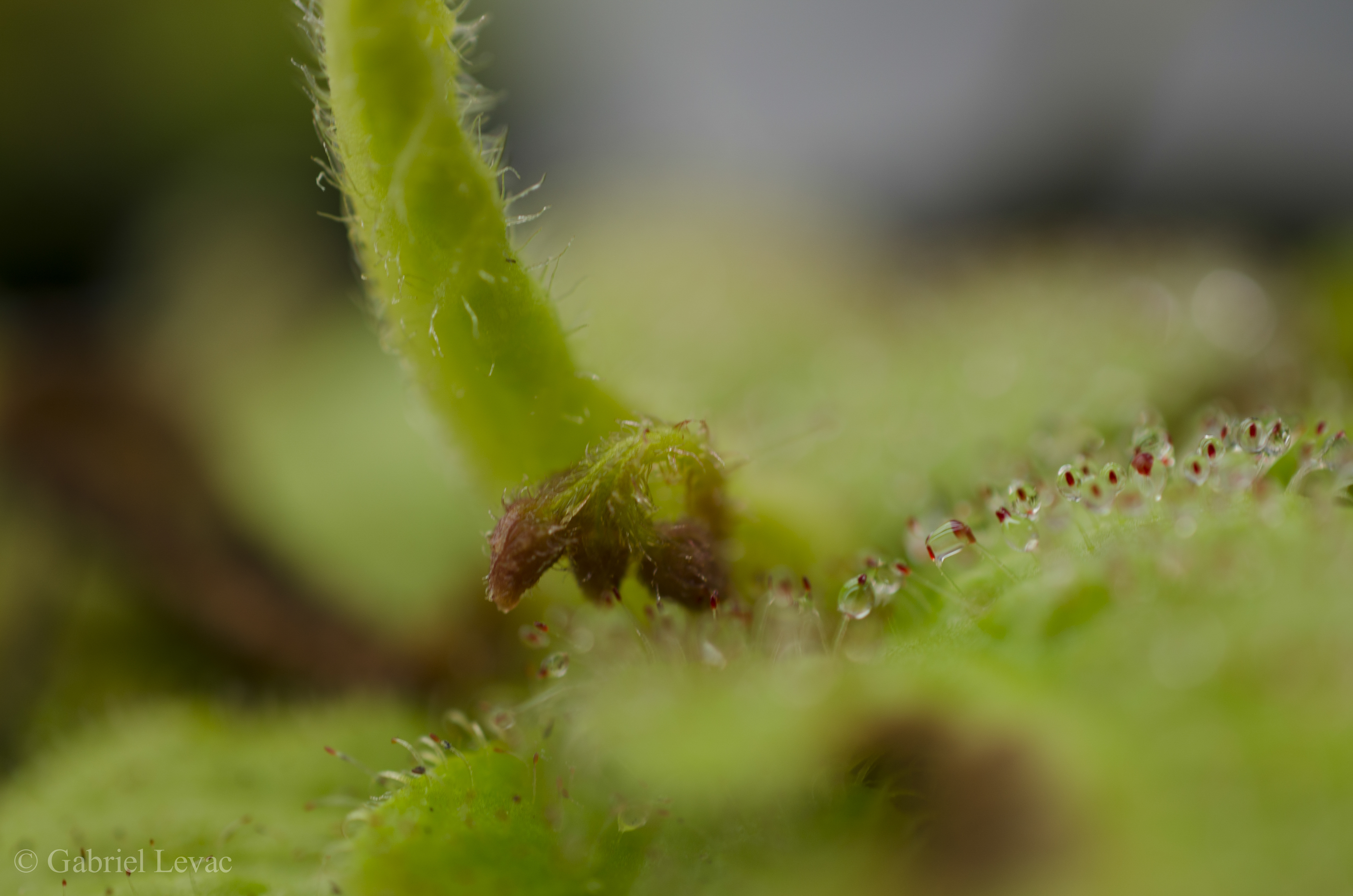What follows is an open letter expressing my displeasure towards the Discovery Channel for this year's Shark Week programming:
Hello,
I used to be an avid viewer of the content produced by the Discovery channel during your annual week of shark related programming. I enjoyed the combination of entertaining yet educational content produced by your network. As an avid conservationist and supporter of quality scientific programming I am saddened to see that Discovery Channel has fallen to the level of other networks in the Discovery Network and started pumping out mindless programs that are the oceanic equivalent of “Finding Bigfoot” or “Call of the Wildman”. These shameful excuses for educational programming have not only tainted the name of the Discovery Channel, but have also squandered a fantastic opportunity to promote shark and ocean conservation, as well as shark-positive education. Many of the programs put out during this Shark Week appear to be idiotic excuses for actual content that could easily be replaced with a 60 minute loop of the opening scene of Jaws.
I stress that in a time when wild sharks are facing the looming threat of extinction it is beyond inappropriate for a network that claims to be educating people about sharks and supporting shark conservation to be publishing fear mongering content that only encourages the public to see sharks as mindless toothy death machines. The Discovery channel has the opportunity to put forward a new image for sharks that demonstrates their beauty and diversity as well as shining the light on the environmental crisis they currently face.
I must also discuss the film “Megalodon: The New Evidence”. This program is part of a disturbing new trend among Discovery Network channels where purely fictional films are portrayed as authentic documentaries discussing evidence of various mythical creatures. These programmes are sold as completely legitimate documentary works save for a few disclaimers that can only be spotted by those with keen eyes. It is repugnant that the Discovery Channel chooses to air these films on their network. They offer no educational value and are simply a way for the network to make some quick cash from viewers who don’t know any better.
This leads me to my final issue, the current generation of Shark Week programming does nothing more than treat Discovery’s audience as mindless idiots that can’t do anything other than be fed simplistic and sensationalistic content in exchange for their viewership. This disturbing trend has been appearing across many television networks where quality educational content is being replaced with watered down reality television. Unfortunately this trend shows no signs of stopping.
It is critically important that the Discovery channel realizes that there is a social obligation for you to do the right thing and return to producing educational content instead of treating your audience as a horde of drooling idiots and selling them completely false information. The Discovery channel is in a fantastic position to act as an ambassador to sharks and to encourage the public to support conservation before it is too late. I just hope the Discovery channel realizes this before time runs out.
Thank you,
Thank you,
Gabriel Levac
As a sidenote, I think it might be time for Discovery to change their name to "FX" or "SciFi" and start broadcasting a 24 hour loop of Sharknado and Sharknado 2.

